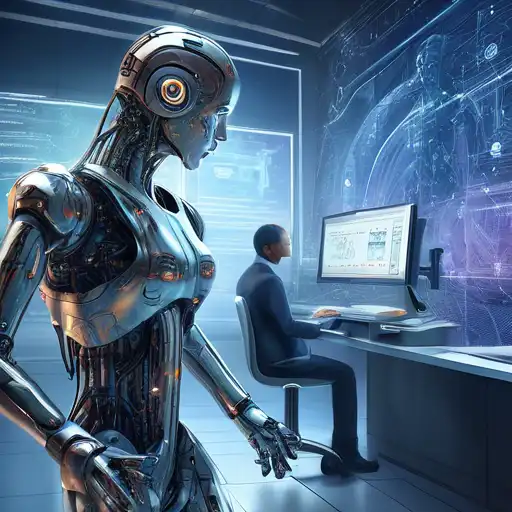Understanding the Distinction Between AI and Machine Learning
In the rapidly evolving world of technology, the terms Artificial Intelligence (AI) and Machine Learning (ML) are often used interchangeably. However, they are not the same. This article aims to demystify these concepts, highlighting their differences and how they complement each other in the tech ecosystem.
What is Artificial Intelligence?
Artificial Intelligence is a broad field of computer science focused on creating systems capable of performing tasks that typically require human intelligence. These tasks include problem-solving, recognizing speech, learning, planning, and understanding natural language. AI can be categorized into two types: Narrow AI, which is designed to perform a narrow task (e.g., facial recognition or internet searches), and General AI, which can perform any intellectual task that a human can.
What is Machine Learning?
Machine Learning is a subset of AI that involves the development of algorithms that allow computers to learn from and make decisions based on data. Unlike traditional programming, where humans write explicit instructions, ML models improve their performance as they are exposed to more data over time. ML is behind many of the services we use today, including recommendation systems like those on Netflix and Amazon, and voice assistants like Siri and Alexa.
Key Differences Between AI and Machine Learning
- Scope: AI encompasses a wider range of technologies and applications, while ML is specifically focused on enabling machines to learn from data.
- Functionality: AI systems can perform tasks that mimic human intelligence, whereas ML systems learn from data to improve their performance on specific tasks.
- Dependency: Not all AI systems use ML, but all ML is a part of AI.
How AI and Machine Learning Work Together
Despite their differences, AI and ML often work hand in hand. ML provides the foundation for many AI applications, enabling them to learn from data and improve over time. For example, an AI-powered chatbot uses ML to understand and respond to user queries more accurately as it processes more conversations.
Future Trends in AI and Machine Learning
The future of AI and ML is incredibly promising, with advancements in deep learning, neural networks, and natural language processing pushing the boundaries of what's possible. These technologies are set to revolutionize industries, from healthcare to finance, by enabling more personalized and efficient services.
In conclusion, while AI and Machine Learning are closely related, they serve different purposes within the tech landscape. Understanding these differences is crucial for anyone looking to navigate the future of technology effectively.
